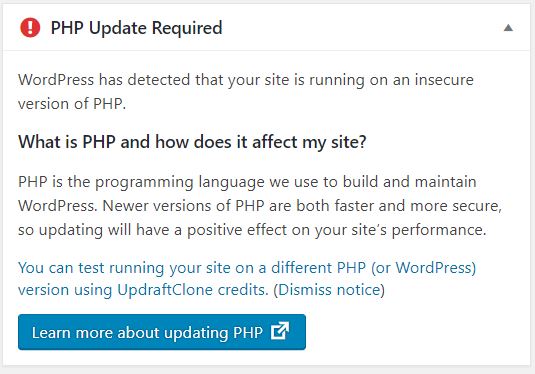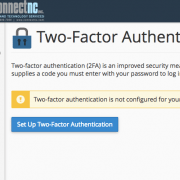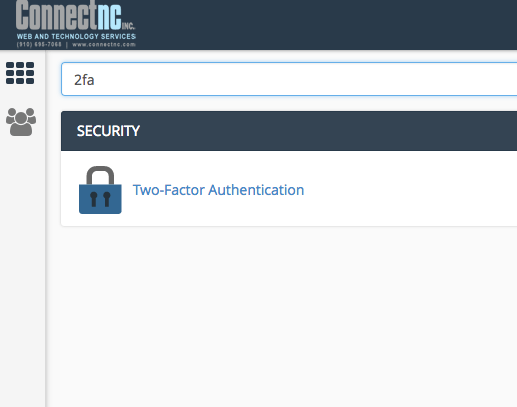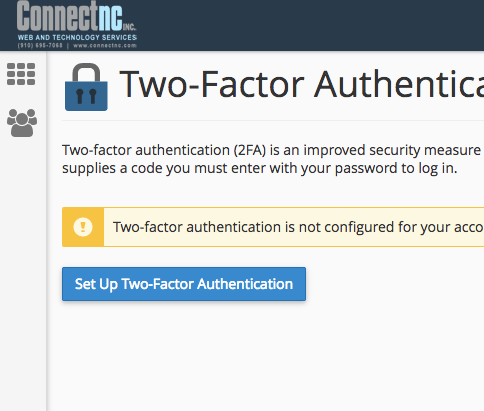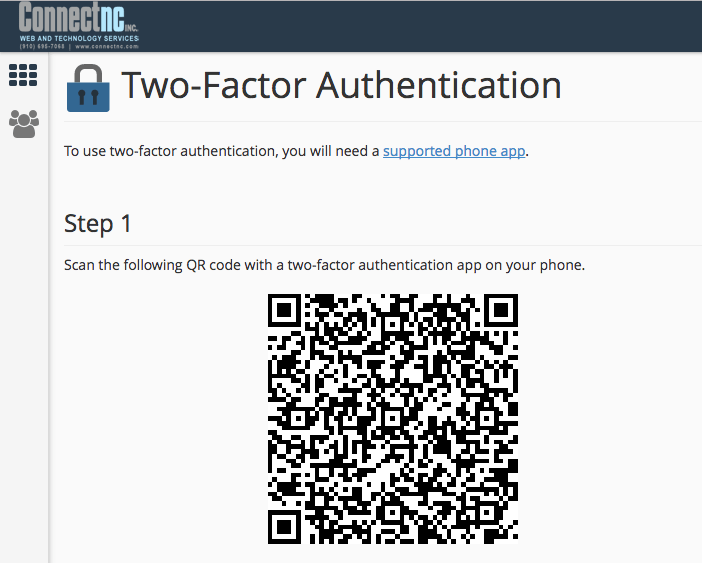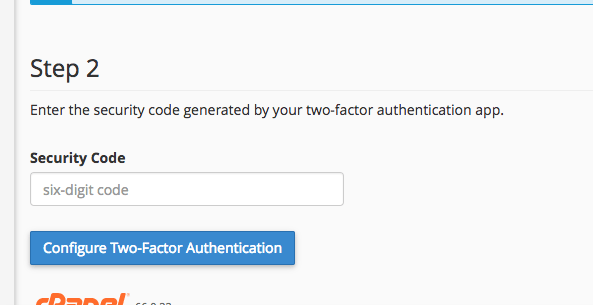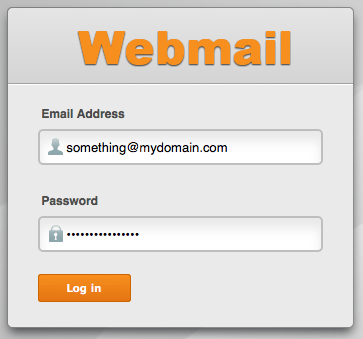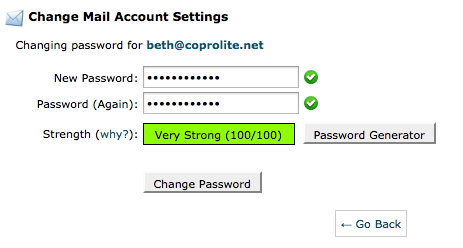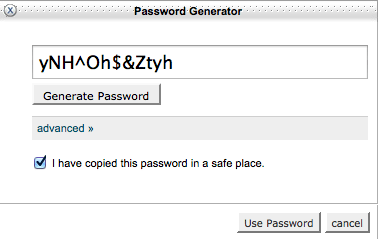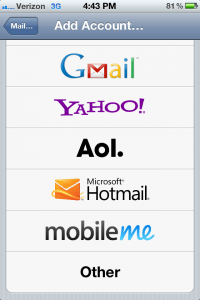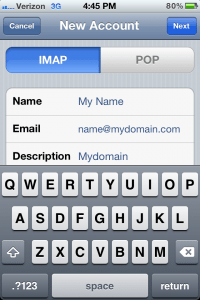Before you set up Windows Mail, start by collecting the following information for each e-mail account. You will need to enter this information during the setup process:
Your e-mail address and password.
The address of the incoming and outgoing e-mail servers used.
Most people know their e-mail addresses and passwords, but many people get confused when asked to enter information about e-mail servers. This is easiest if you gather some basic information from here before you begin adding accounts in Windows Mail.
E-mail server types
Windows Mail supports three types of e-mail servers. You don’t need to understand the details about these server types; you just need to find out which one your e-mail service uses both for incoming and outgoing e-mail:
Post Office Protocol 3 (POP3) servers. Most e-mail services and ISPs use this type of server, especially for personal e-mail accounts. They hold incoming e-mail messages until you check your e-mail, at which point they’re transferred to your computer. Messages are typically deleted from the server when you check your e-mail.
Internet Message Access Protocol (IMAP) servers. These servers let you work with e-mail messages without downloading them to your computer first. You can preview, delete, and organize messages directly on the e-mail server. Copies are stored on the server until you delete them. IMAP is commonly used for business e-mail accounts.
Simple Mail Transfer Protocol (SMTP) servers. This outgoing mail server handles the sending of your e-mail messages to the Internet. An SMTP server handles only the outgoing e-mail, and is used in conjunction with a POP3 or IMAP incoming e-mail server.
Top of page
Incoming and outgoing e-mail servers
Once you know the type of e-mail server used by each of your e-mail accounts, you must find out the address of its incoming and outgoing e-mail servers. During the setup process, Windows Mail requires you to enter the address of each e-mail server. There are only two types of incoming servers to choose from: POP3 or IMAP.
Before you set up an e-mail account in Windows Mail, you need to know the address of the incoming and outgoing e-mail servers used by your e-mail provider
POP3 is by far the most common type of incoming e-mail server for personal e-mail accounts. And SMTP is the only type of outgoing e-mail server that works with Windows Mail, so you normally don’t even need to check the outgoing server type with your e-mail provider. Practically all personal e-mail accounts — with the exception of web-based e-mail — use an SMTP server for outgoing e-mail.
E-mail server addresses usually have the same format. Most ISPs (named “mydomain” in this example) have server addresses like this:
Incoming server: mail.mydomain.com.
Outgoing server: smtp.mydomain.com
You can usually substitute the name of your ISP in place of mydomain in the example above. If this doesn’t work, check with us. Questions about e-mail server addresses are among the most common inquiries e-mail providers get, so they usually have this information posted in the support section of their websites.
Finally, you must know whether your outgoing e-mail server requires authentication, since there is a check box for this when you set up a new e-mail account in Windows Mail. If you can’t find out the answer from your e-mail provider, try sending a test message with the check box selected and another one with the check box cleared, to see which works.
Step by step
Once you have collected the required information for each e-mail account, you can start setting up Windows Mail. Here’s how to add an e-mail account in Windows Mail:
Open Windows Mail by clicking the Start button , clicking All Programs, and then clicking Windows Mail.
Click the Tools menu, and then click Accounts.
Click Add.
After you click Add on the Internet Accounts screen, Windows Mail will ask what type of account you want to add
Click E-mail Account, click Next, and then follow the instructions.
After you are done entering all the information for one e-mail account, repeat the process for each e-mail account you want to set up.
Note
During setup, you’ll be asked to pick a display name. You might want to enter your actual name here rather than your e-mail address, since this is the name that recipients will see when you send them an e-mail message.

